How To Handle Garage Door Lockout
The garage is one of the most important places in a house. This is why you cannot afford to be locked out of your garage at any point in time. A garage door lockout can be time-consuming, frustrating, and even unsafe. Imagine being stuck outside your garage at night with no means of getting it opened? Pretty risky.
In this article, discover all you need to know about handling garage door lockouts.
What is a Garage Door Lockout?
A garage door lockout is a situation where you cannot gain access to your garage for whatever reason. The most common reason for garage door lockouts remains power failure. Since most garage doors are operated automatically, a lack of electricity can cause a lockout to occur.
How to Handle a Garage Door Lockout
Most homeowners believe that if their electric-powered garage door cannot function during a power outage, resulting in a garage door lockout. Fortunately, this is far from the case. It is quite easy to learn how to open your garage door manually from the inside. Even though it is not as simple as pressing a button, it allows you to get your vehicles in and out of the garage. All you need to make this work is the emergency cord on the motor, which will lift the garage door when pulled.
Opening your garage door from the inside
Operating a garage door manually is best done with a closed garage door. Attempting to close your garage door manually while it is still opened can cause it to slam down because of its weight. Your garage door slamming down can be very dangerous and even result in the door getting damaged.
First, pull the red emergency release cord on the motor to disconnect the garage door opener and the door. You should feel or hear the motor release. Next, lift the door straight up until it’s open. Ensure that the door is up and not moving so it does not come crashing down on you. If you find it difficult to lift your door, or it will not stay open, the pulleys, spring, or other parts of your garage door may be damaged. A garage door expert should be contacted as soon as possible to take a look and fix the problem.
Opening your garage door from the outside
If you cannot access your garage from the outside or through your home, you should look into having an emergency key release installed on your garage door. Once this is installed, follow the following steps to open your garage door.
- Find the emergency key release outside your garage door and insert the key in the lock.
- Turn the key and pull out the lock tumbler.
- Once the lock tumbler is removed, you should see a cord in the lock tumbler hole. Pull-on that cord to disengage the motor.
- Lift the garage door until it is fully open and does not appear to fall back down
- Re-engage the emergency key release.
What to do if Your Garage Remote is Stolen
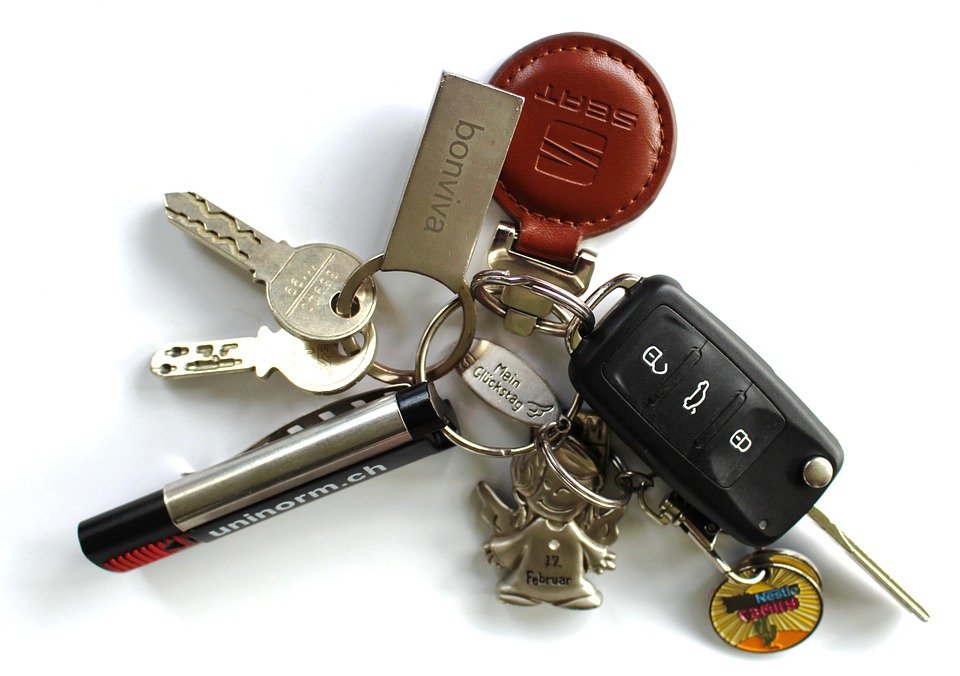
Burglars are relentless, and as a result, garage security has become increasingly important. Criminals have discovered that stealing a garage door opener is a great way to access a home. Unfortunately, garage door remote theft is quite rampant as there are several opportunities to steal these remotes and gain access through a secure garage door.
At times, burglars scout parking lots for unlocked cars. Sadly, many homeowners tend to clip their garage door openers near their rearview mirror or visors. Once your garage door remote is found, all a criminal needs are to locate your car registration and get your address. The majority of car owners keep their registration in the center console or glove compartment of their car. Armed with this information, a burglar can easily get into your home.
If you are ever a victim of garage door remote theft, here are a few steps you can take towards fixing the situation:
1. Call the police
Once you notice that your garage door remote is missing, you should contact your local police department. Take note of anything that might have been stolen from your car, garage, or home, and remember to report it missing. Try to remember the last time you saw the remote, as the police will likely ask. If you are missing any expensive items, make sure you contact your insurance company to confirm whether your homeowners or car insurance policy covers them.
2. Disable your garage door remote
Your garage door remote functions by emitting a signal that is housed in the garage door opener motor. This motor then captures said signal. Most garage door openers make use of something known as rolling codes. These codes are designed in such a way that when you use your garage door opener, the transmission code is changed. You can disable your garage door opener by simply pressing a smart button on the housing of the opener’s motor. When you do this, it will cause your keypads and remotes to deprogram. Once you do this, it will be impossible to open the garage even if they have your remote.
However, now you will need to reprogram the remotes and keypads by following the owner’s manual or the manufacturer’s instructions from the dealer. All garage door openers have similar principles, but the programming frequency and code may differ based on the brand.
You must disconnect all programmed devices. A broken connection between the garage door and the remote means that even if a burglar has your remote, they cannot gain access to your garage. If you have a second remote, you can use it to confirm whether or not the system has been deprogrammed. It is not enough to simply unplug the garage door opener. The codes can be stored using a battery, so during a power outage, they are not lost. However, in the case of theft, this is a vulnerability.
3. Alternatives to deprogramming your garage door opener
There are certain garage door opener models that have their control panel placed near the door that grants access to your home. In such an instance, you can simply press the lock button to disable the remote and keypad. However, you can still close and open your garage door by pressing the relevant buttons on the control panel.
If you own a doorbell wall control, you can unplug the garage door opener from the outlet. To close and open the garage door, pull on the red cord that releases the overhead trolly. You can relock the door by installing a lock on the side of the door.
The option of closing and opening the door manually is convenient in certain cases. However, this does not mean the garage door is not secure because anyone can gain entry from outside. Reprogramming your spare remote is the best option for protecting your home against burglars. To understand how to do this, all you need to do is follow the instructions in the manual or look up the model number of the motor online.
How do I Prevent Garage Door Remote Theft?

To prevent your garage door remote from being stolen, ensure that your car doors are always locked. Avoid placing your car remote where criminals can easily see it. If you have to park your car in a sketchy area, take the garage door remote along with you. You may also want to consider hiding your car registration where a car thief can’t easily find it. Spots such as your glove compartment or center console are the default places car burglars tend to look.
You can also go a step further by ensuring you always park inside your garage and not in the streets. It is also not advisable to leave your car in unsecured areas. Before leaving your house, make sure you lock the connecting door between your garage and the main house. Locking your door can be your saving grace if your garage door remote does get stolen. You should look into installing a deadbolt on this door to provide you with maximum protection against burglars. If possible, connect your garage door to your smartphone, eliminating the need for a garage door remote.
Conclusion
If you reside in Toronto or the GTA and search for the best, most knowledgeable garage door experts in Toronto, check out TBC Garage Doors.
We are a reputable company that provides professional garage door installation, replacement, and repair. We also offer emergency services, and our specialized team is available whenever you need help.
Some of our services include new garage door installation, garage door spring installation/repair, garage door sensor repair/set up, garage door opener belt installation/repair. Garage door framing, among many others. We also handle different doors, from sectional, roll up and side hinged garage doors to up and over/tilt-up canopy garage doors.

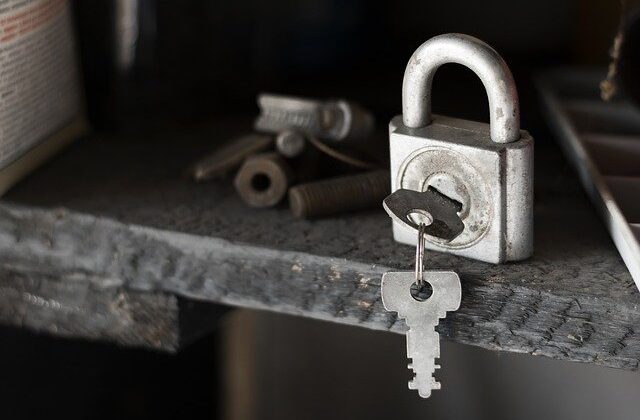
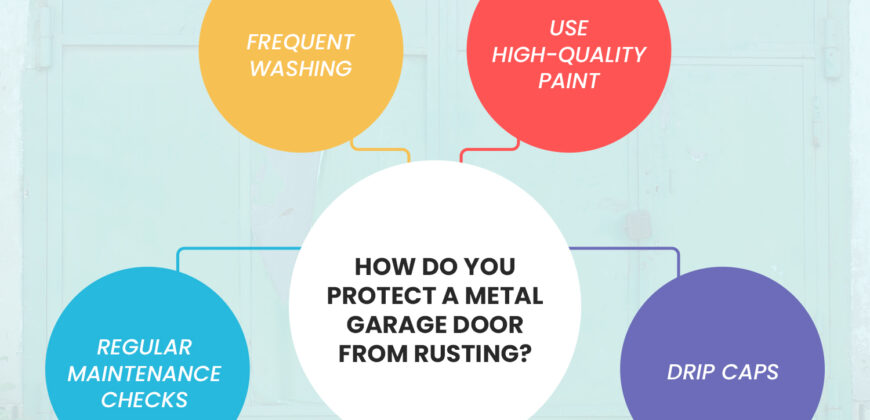
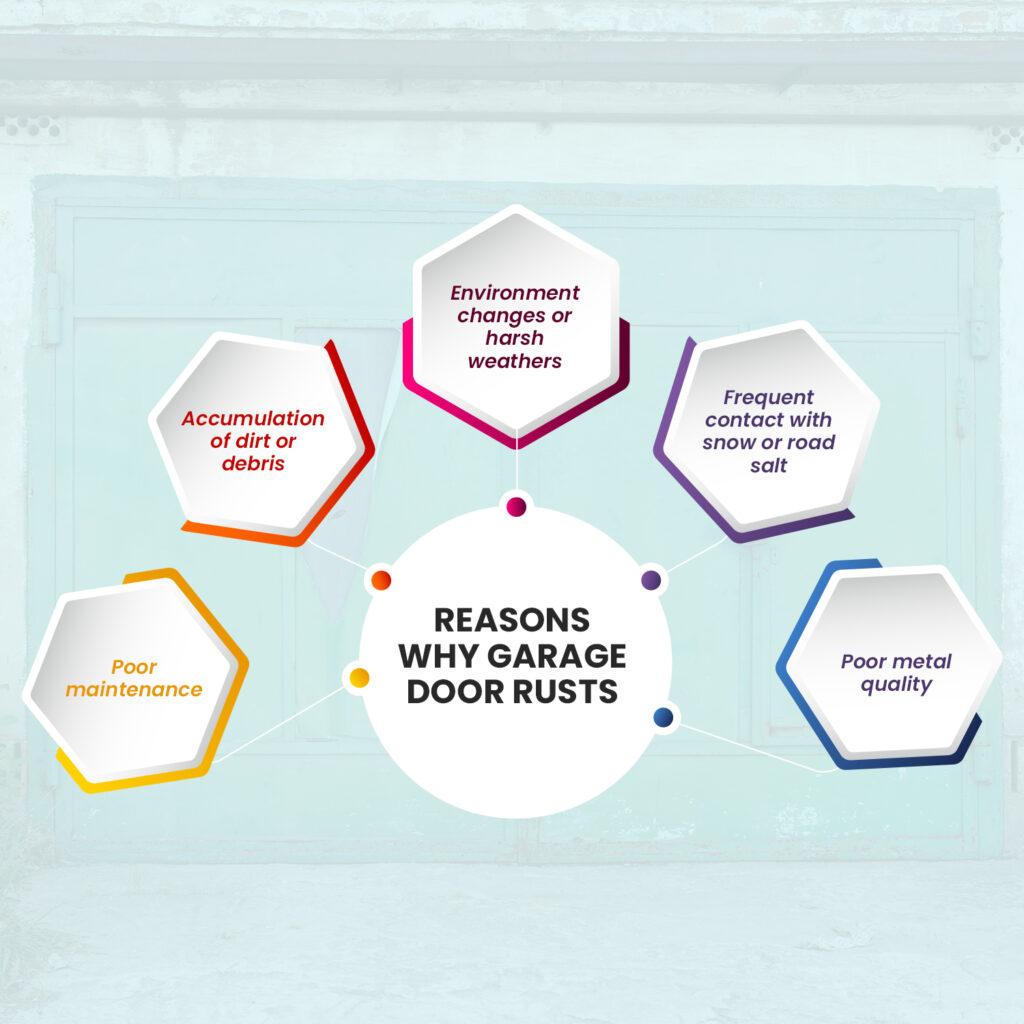
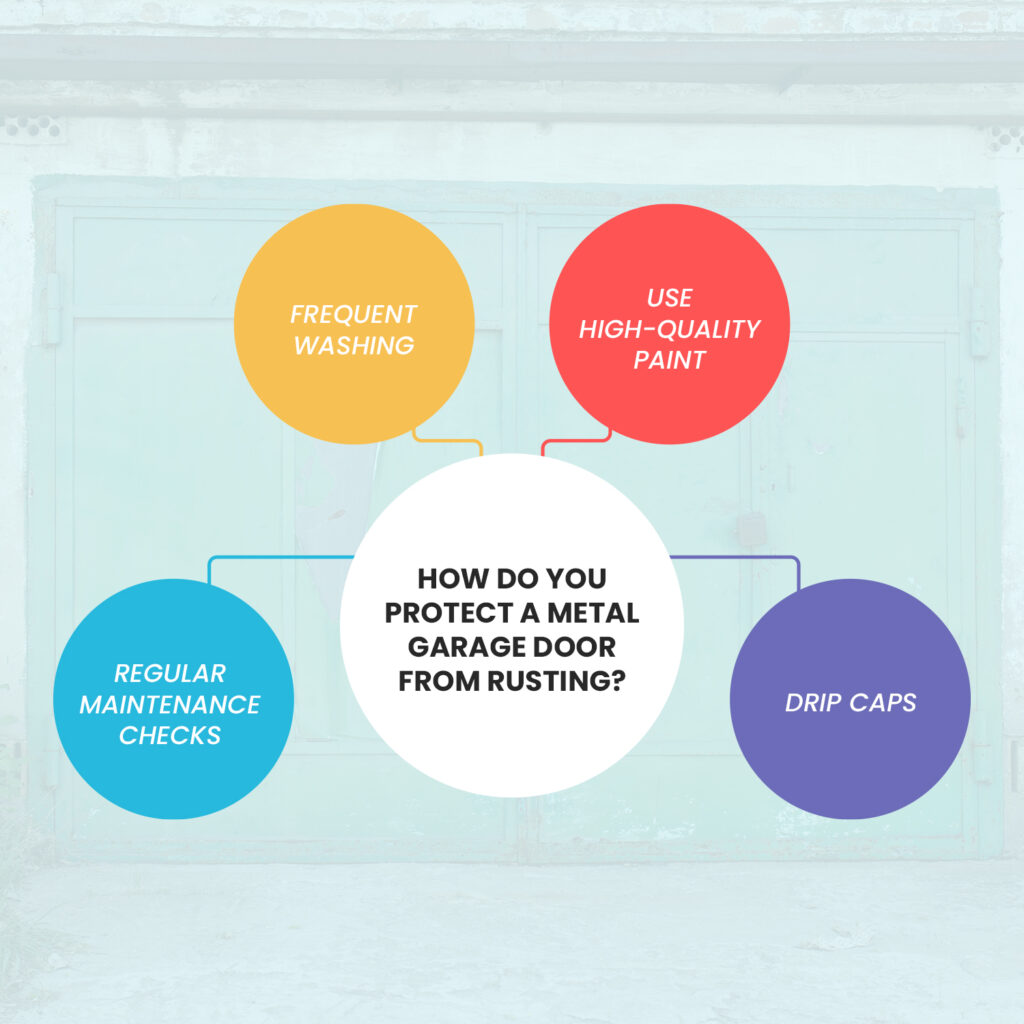
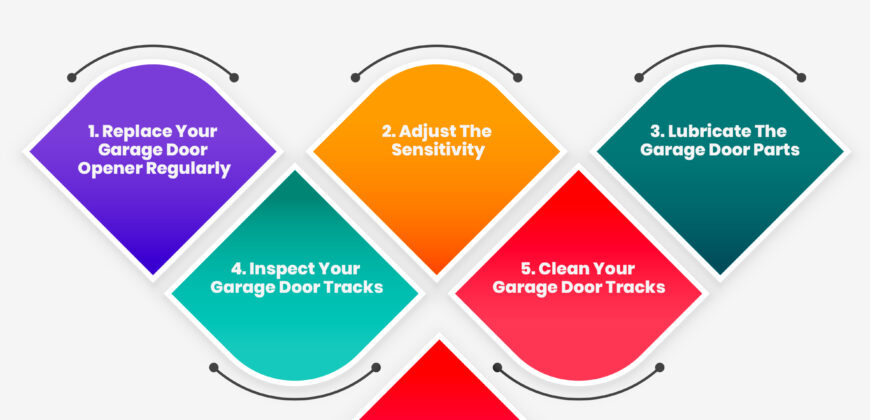
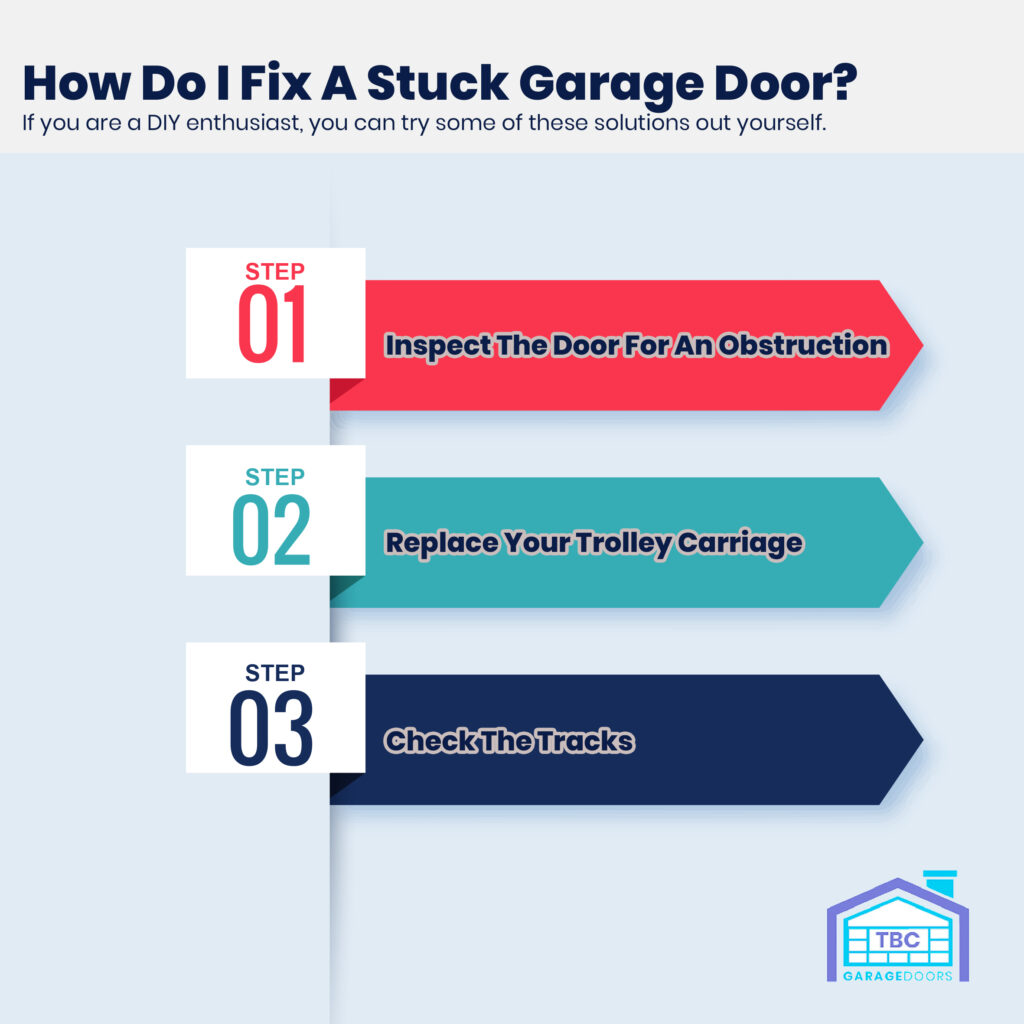
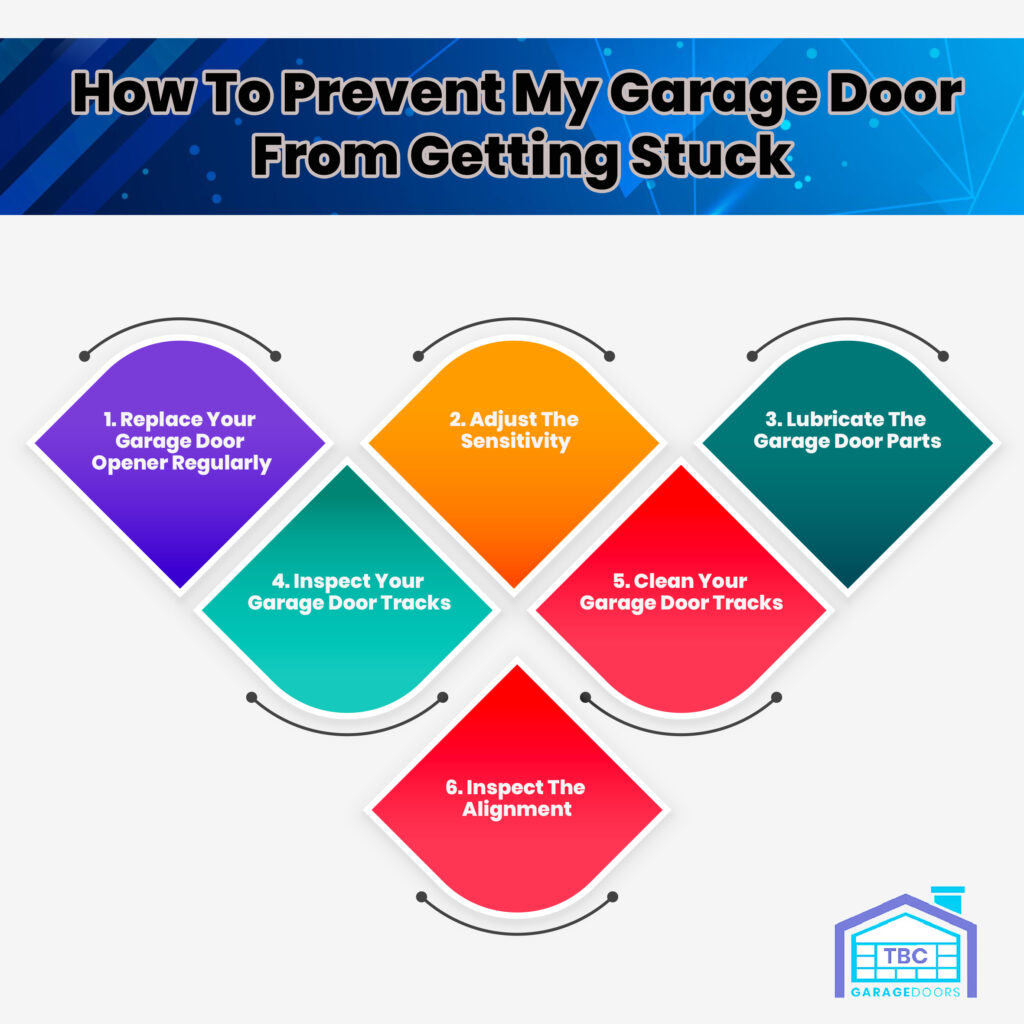

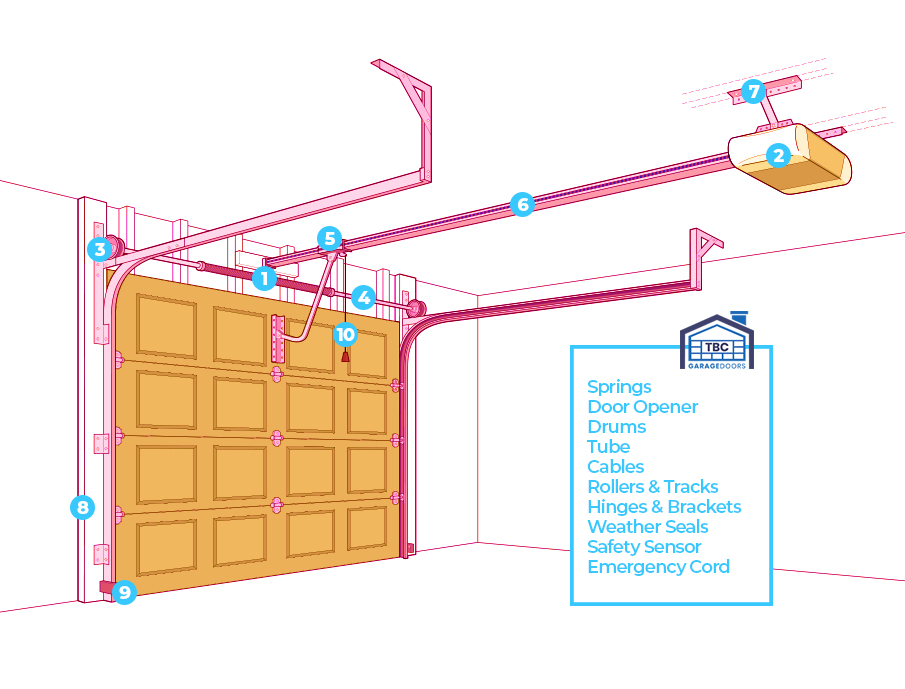

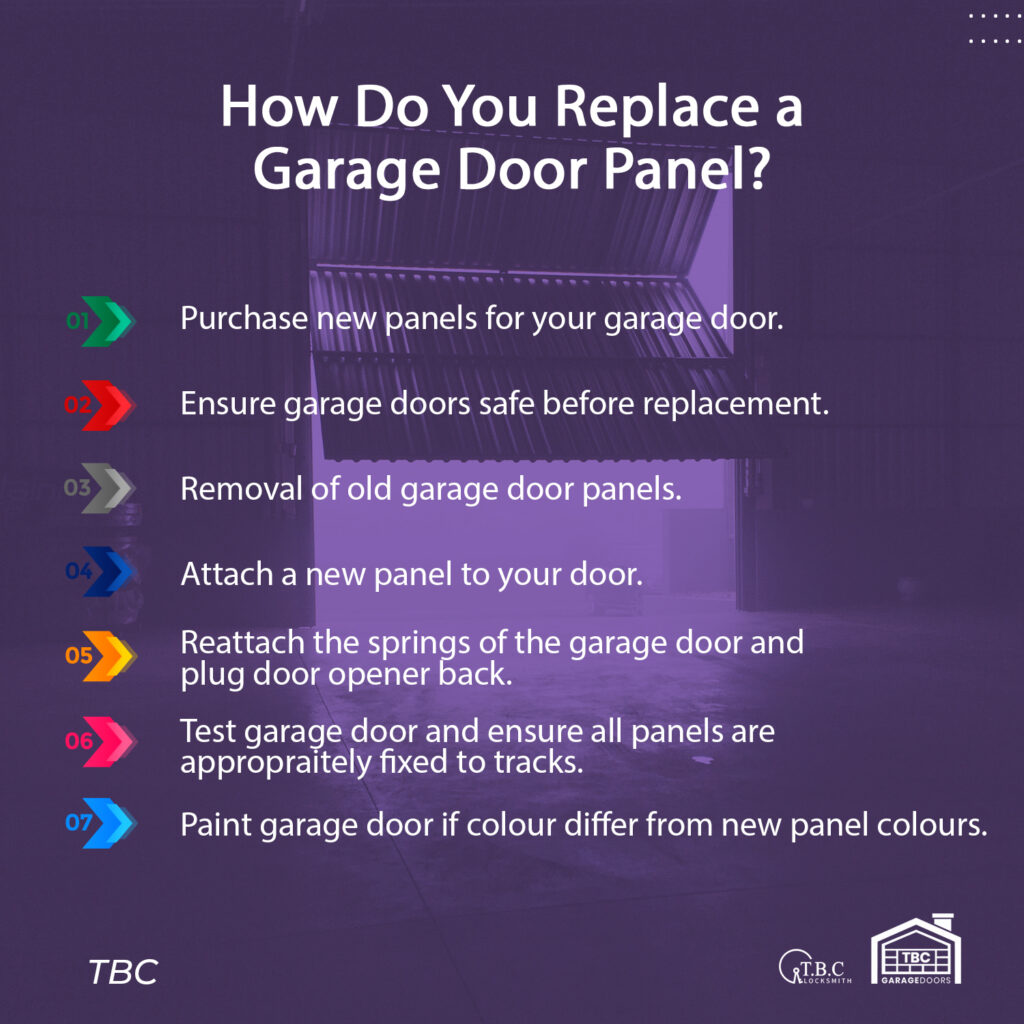





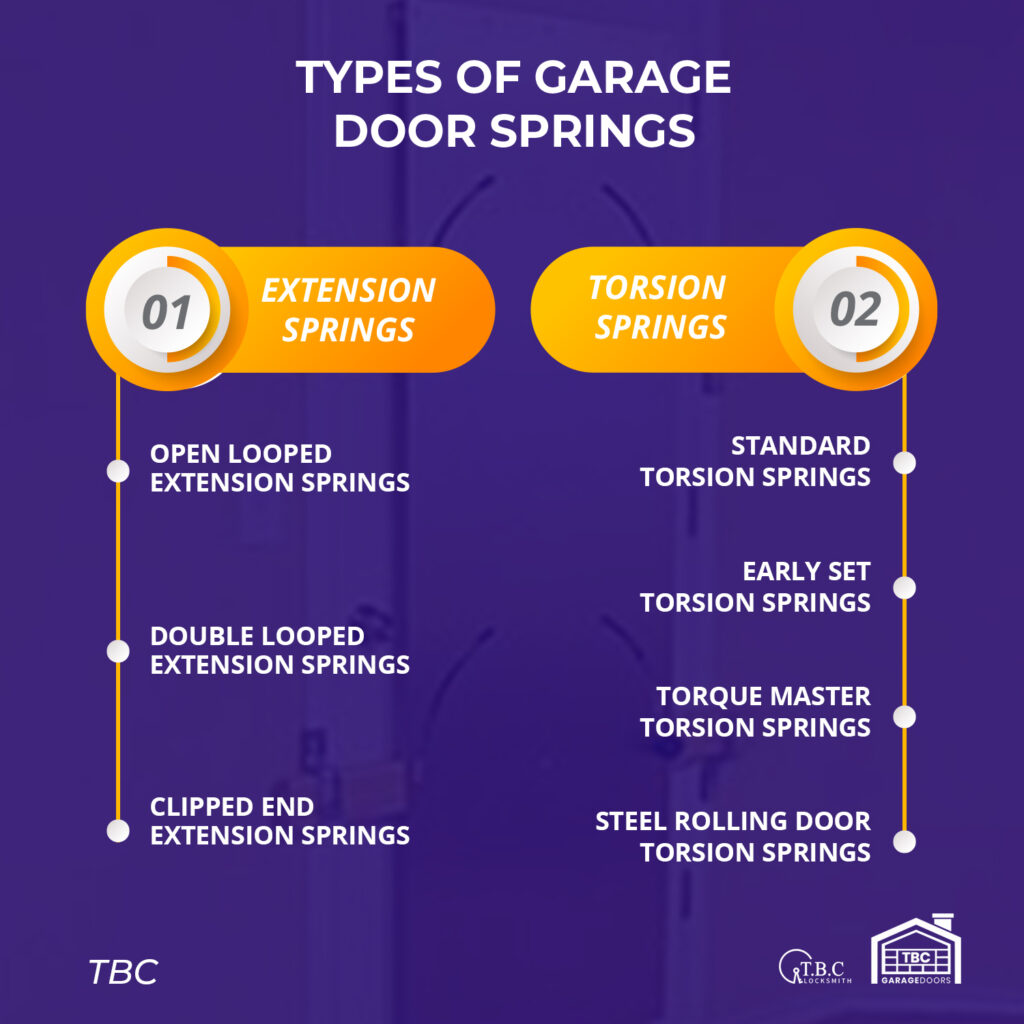
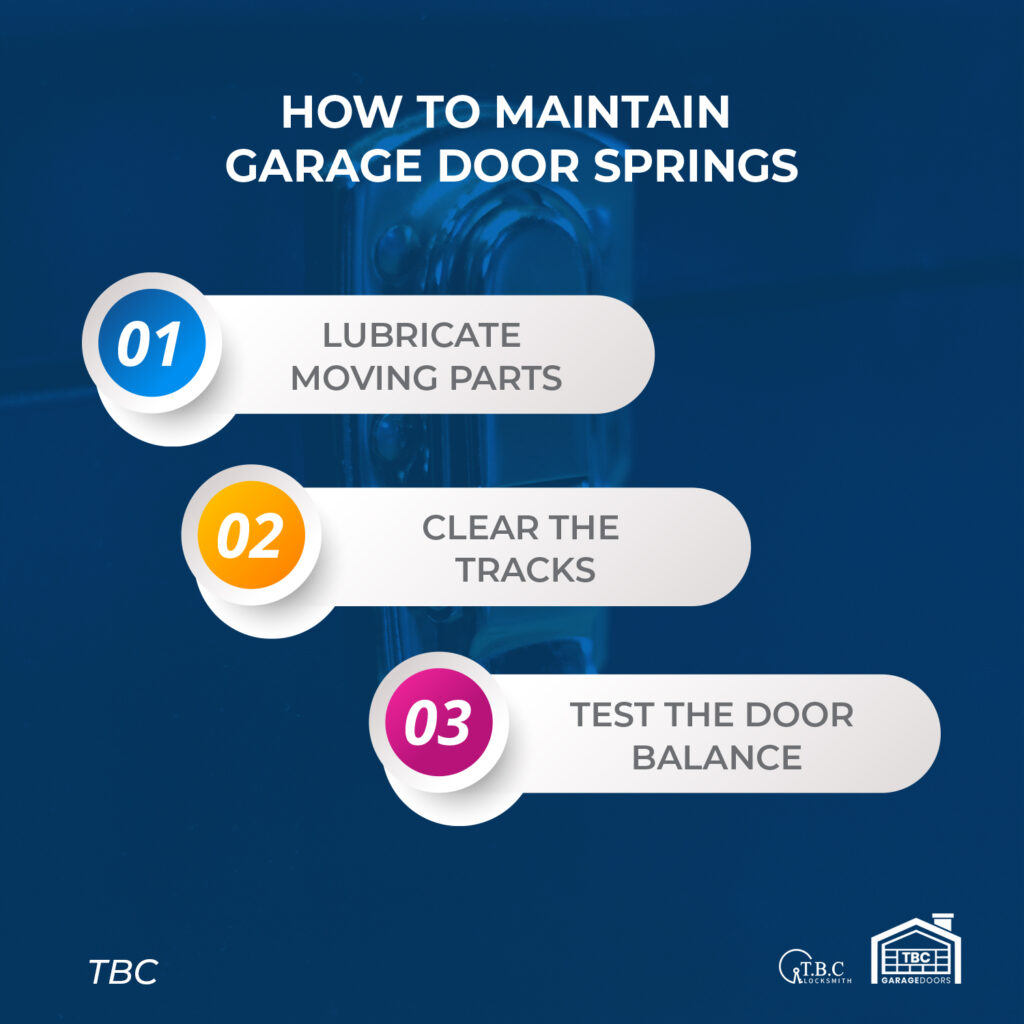
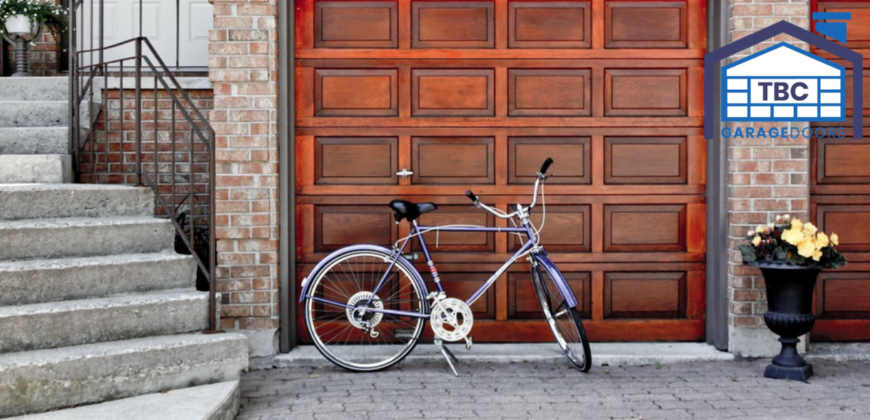
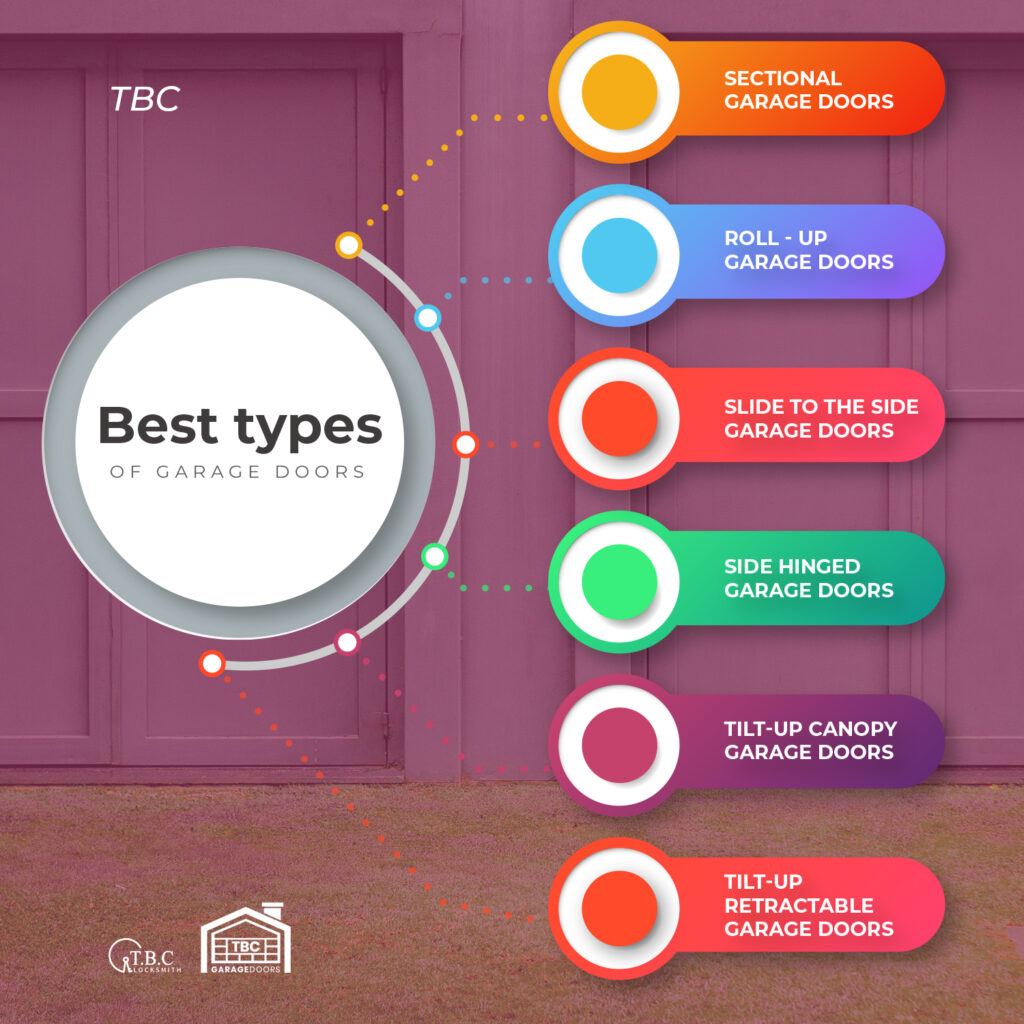
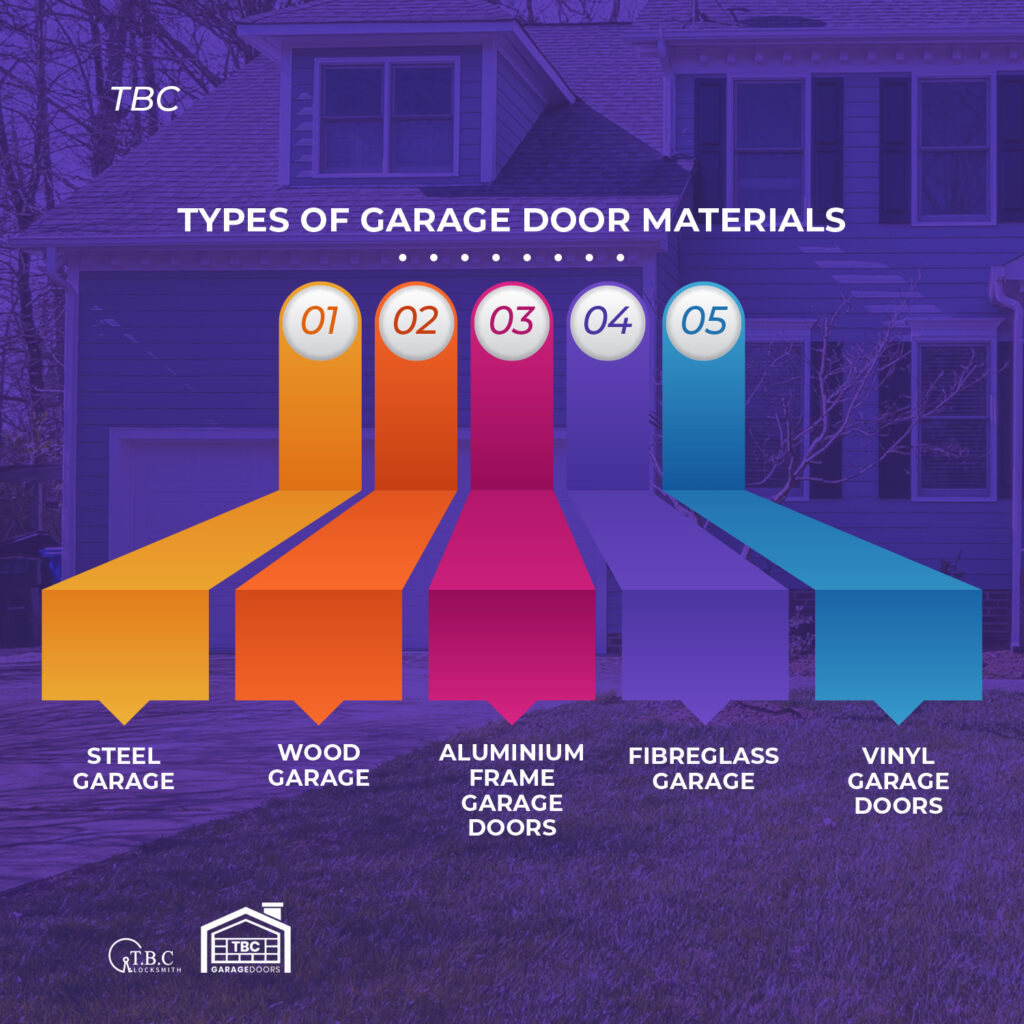

Recent Comments